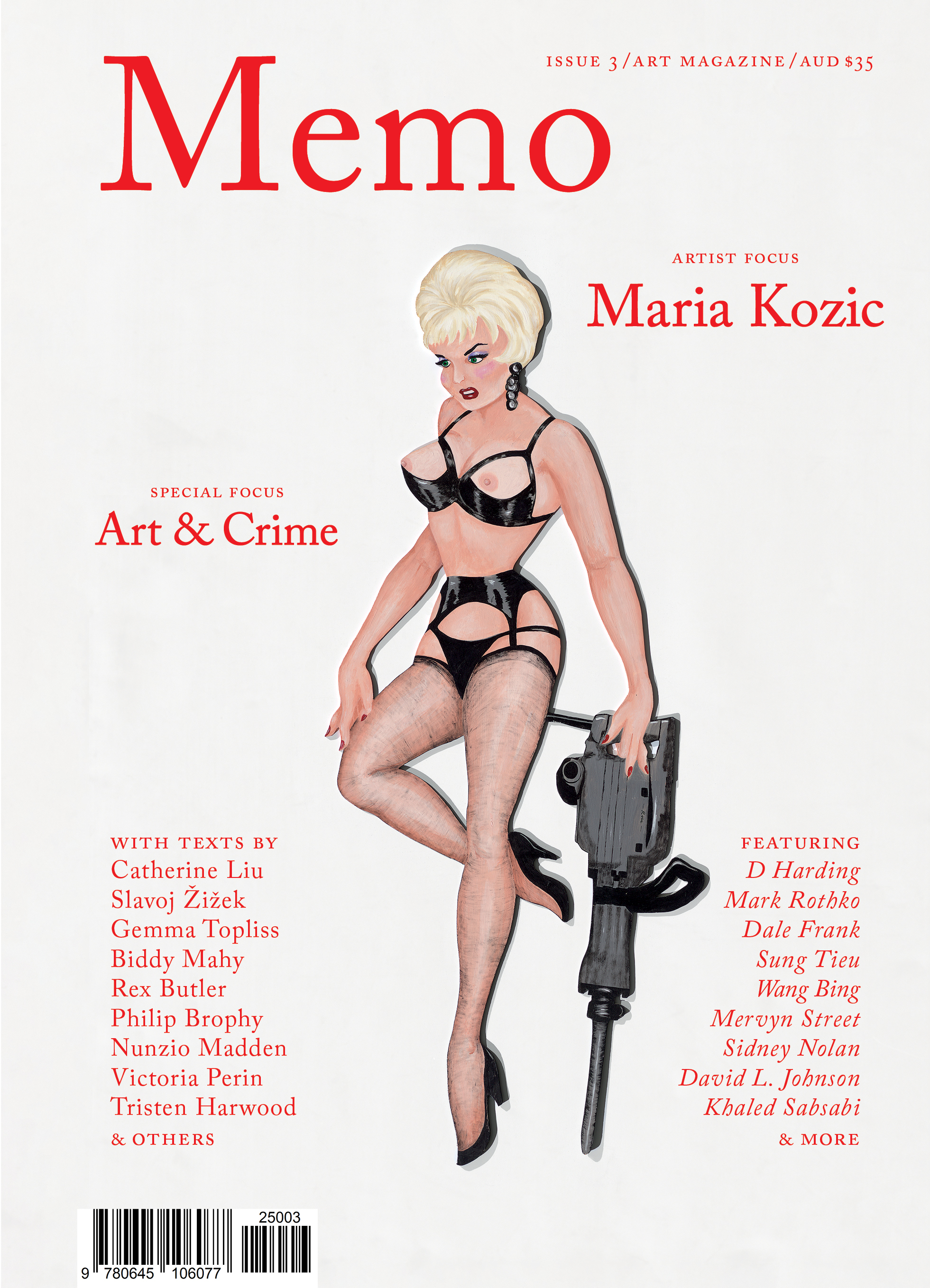A Convict Parody of a Sailor’s Farewell
By recasting Black-Eyed Sue and Sweet Poll in shackles, Sayer’s 1792 engraving subverts the sailor’s farewell to reveal convict and naval cruelty as mirror images.
Black-eyed Sue and Sweet Poll of Plymouth taking leave of their lovers who are going to Botany Bay is among the earliest depictions of convict transportation to Botany Bay. It can be found illustrating books, articles, and websites that characterise the continent later known as Australia as a dumping ground for British criminals. Published in 1792 by Robert Sayer & Co. in London, then in 1794 by Laurie & Wittle (who took over Sayer’s business after his death), the print takes the familiar trope of a sailor’s farewell—well established in eighteenth-century English song and theatre—and transforms it into bawdy satire of convict transportation, which, perhaps inadvertently, reveals more continuity than difference.
Exclusive to the Magazine
A Convict Parody of a Sailor’s Farewell by Helen Hughes is featured in full in Issue 3 of Memo magazine.
Get your hands on the print edition through our online shop or save up to 20% and get free domestic shipping with a subscription.
Related

From Rhode Island School of Design‘s anti-commercial posturing to Gagosian’s prismatic salons, this fictional Anna Weyant chronicle exposes the brutal mechanics of ambition in contemporary art.
“There’s no path for the magazine to restore trust in its current ownership.” David Velasco and Kate Sutton reflect on the situation with Artforum and its Summer 2024 issue.

